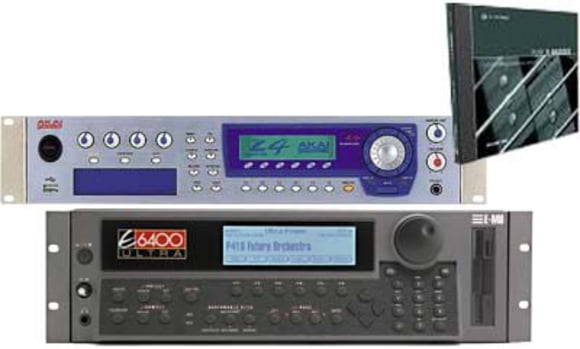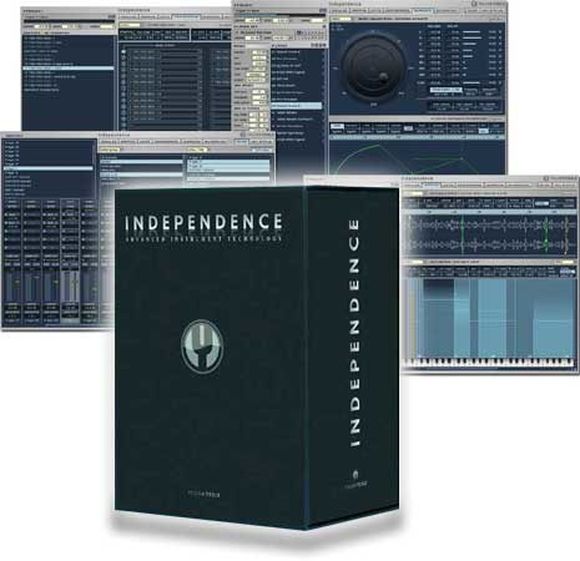4. Hardware or Software?
The main advantage of a hardware sampler is that it stands alone and does not require a computer. Software samplers can put quite a strain on a computer system, and so using a hardware alternative can free up resources for other use, and of course their robust construction and reliability still make them popular for live use.
Modern day hardware samplers have evolved into full music production workstations, with features such as built-in sequencers, trigger-pads, and a variety of onboard effects. This makes them the preferred choice of many musicians as an idea pad to get tracks down quickly.
In the studio though, hardware samplers have perhaps had their day. Software samplers are now near-ubiquitous - increasing computing power and falling drive and memory costs being taken advantage of by ever-grander sample libraries add up to a killer combination.

Hardwaresampler Emu E6400 and Akai Z4 (incl. Library-CD)
There are a number of software samplers available on the market today - some are stand-alone programs, and some are plug-ins for recording software such as Logics EXS-24. The plug-in versions are particularly useful as samples and settings can be stored within a project, and are automatically retrieved on loading.
Data for software samplers is usually split into two portions - the audio files, and the program files which store information such as the locations of the audio files, and key-mapping and synthesis parameters. This data allows samples to be intelligently spread across a keyboard, and can also include information such as loop points which permit the sample to be manipulated without actually altering the raw audio file.

Yellow Tools Independence Virtual Instrument and Sample Library



